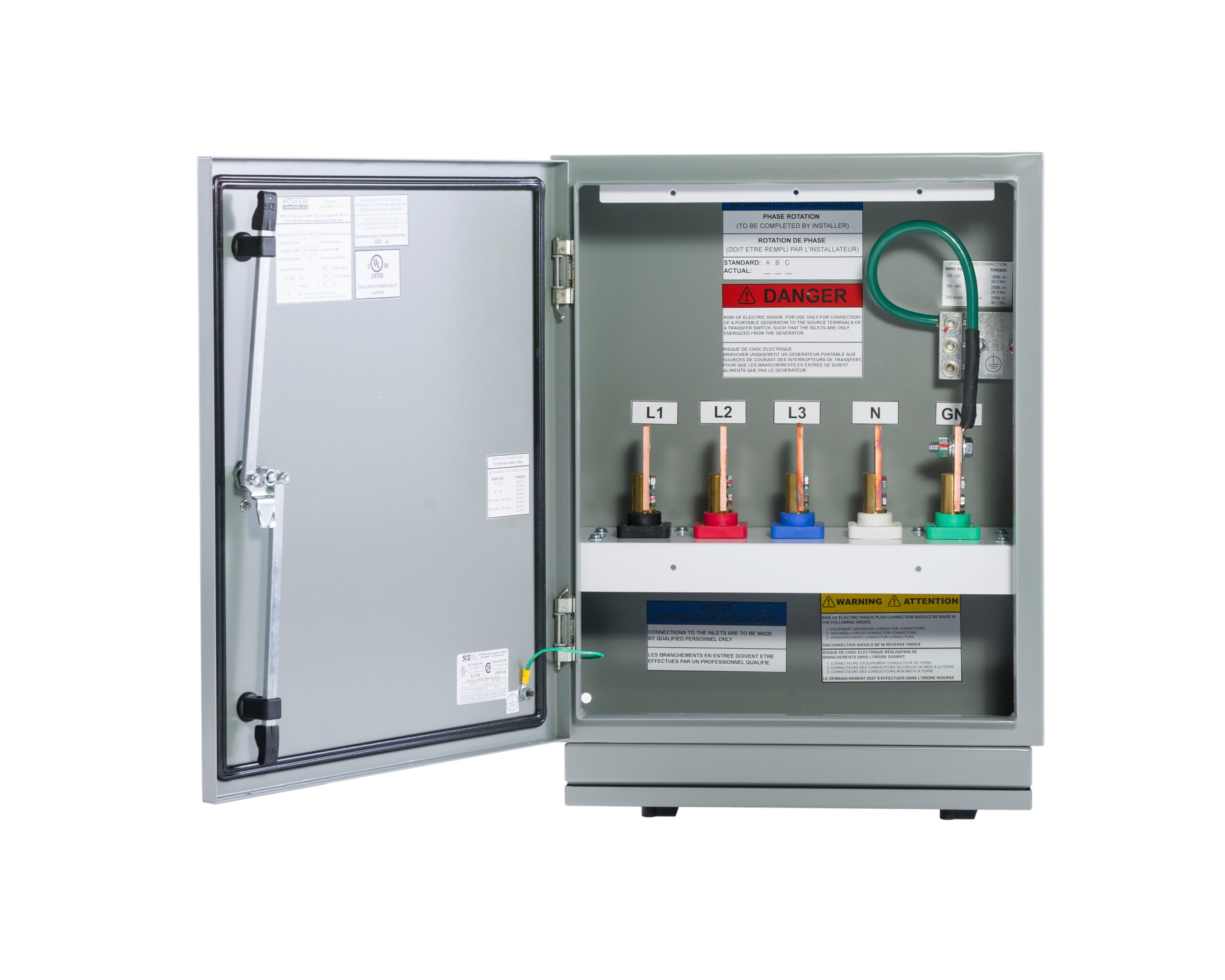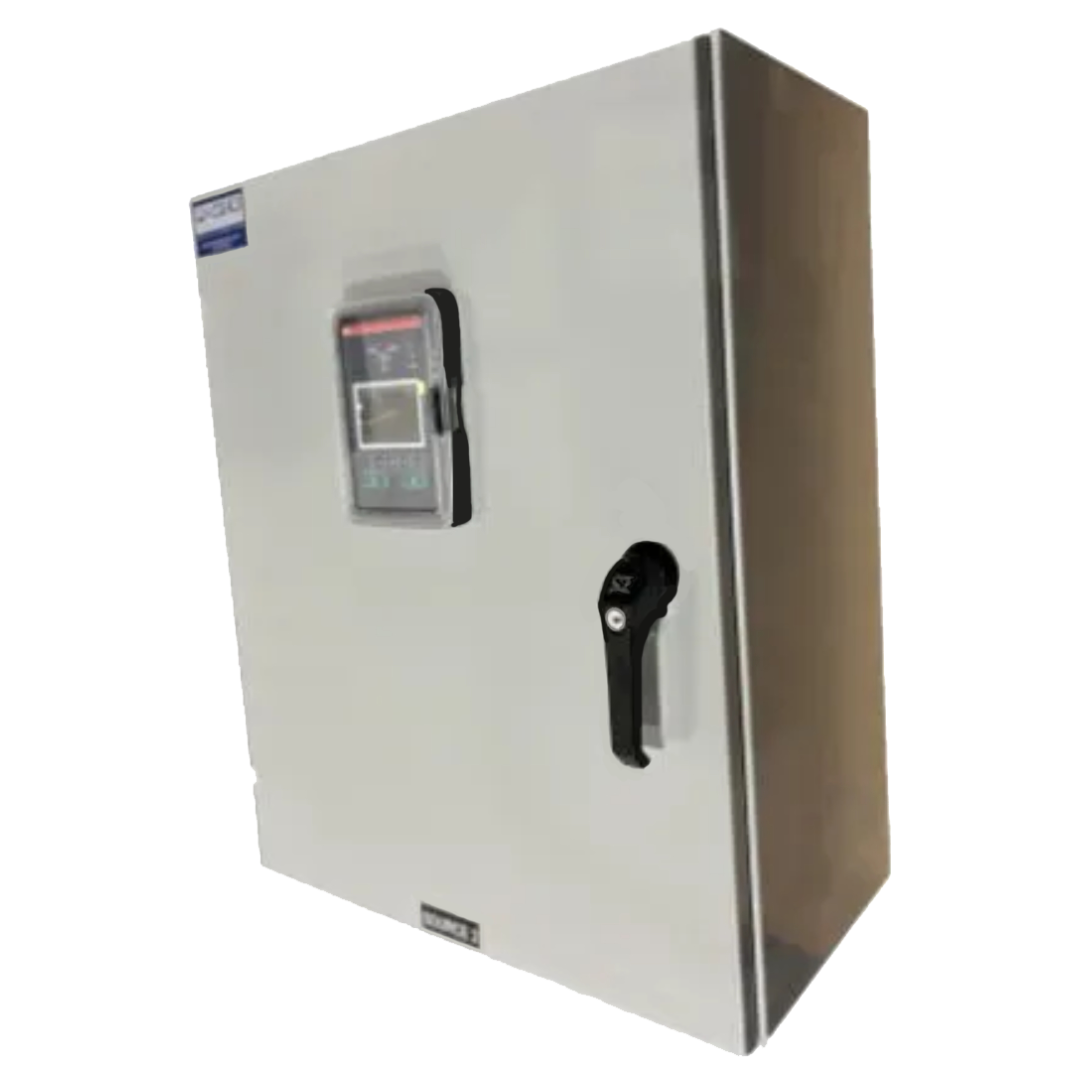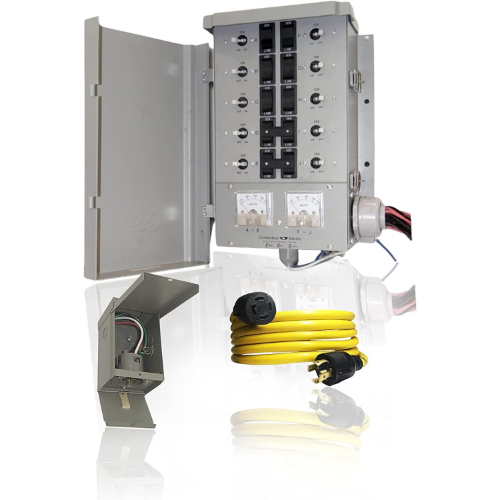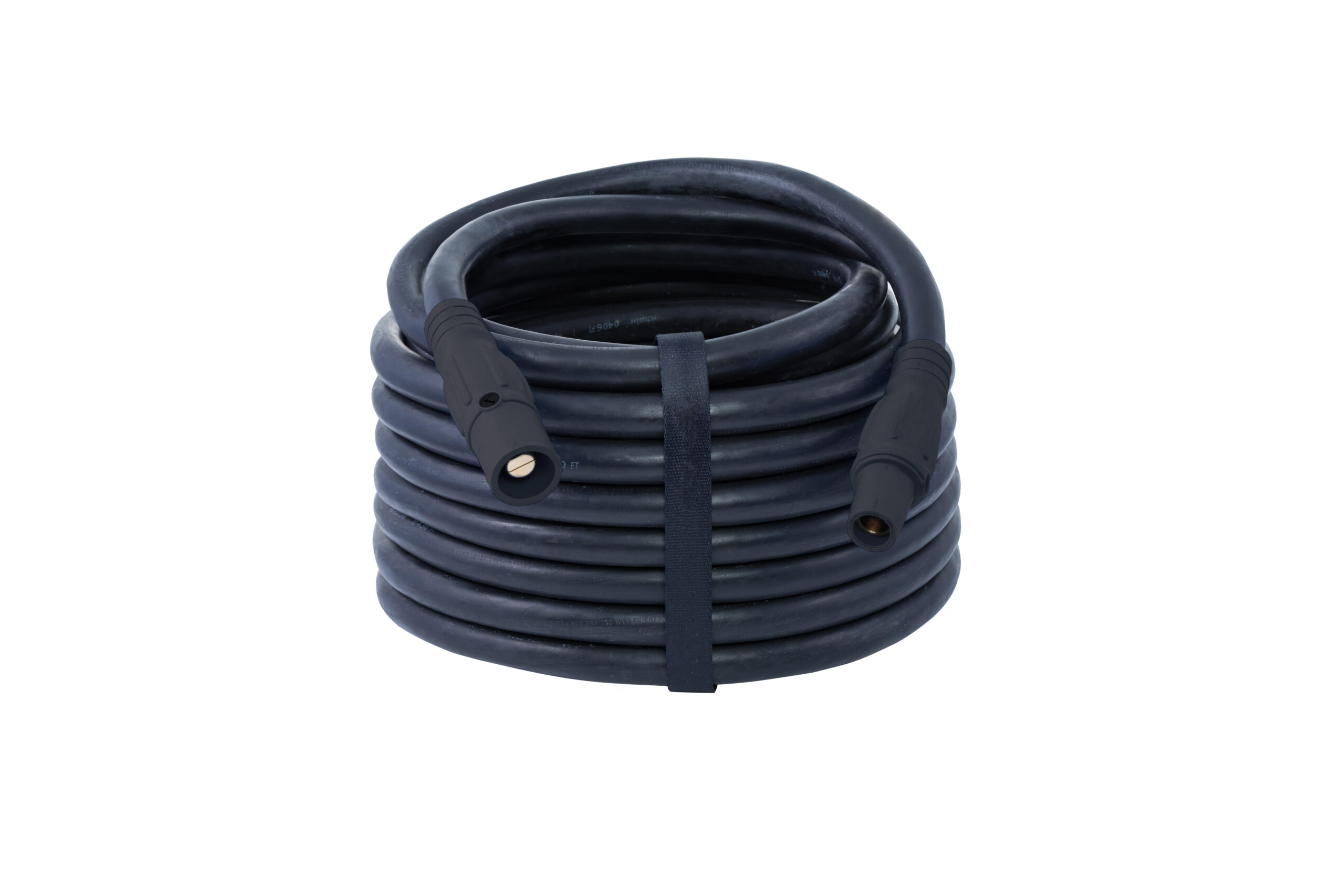As the 2024 Atlantic Hurricane Season approaches it’s normal to feel a bit nervous about the weather conditions it may bring. On the bright side, having a trustworthy emergency power system on hand can put your mind at ease. Whenever a natural disaster strikes, temporary power can make all the difference by keeping the lights on and restoring normalcy. Whether it’s powering emergency shelters or keeping your air conditioner running on a hot and rainy day, emergency power allows us to stay as safe and comfortable as possible during times of distress.
We certainly know that hurricanes can occur with little warning. From gale-force winds to severe flooding, hurricanes often cause widespread power outages that threaten the safety of you and your loved ones. This is why you should always be sure to have a generator on hand along with necessary power distribution equipment.
Although your generator is responsible for producing electricity during a power outage, it relies on an integrated system of power distribution equipment to transport electricity to your home or business. By now, you might be wondering what equipment is included in a temporary power system. Well, you’ve come to the right place! Today, we’ll define three important pieces of emergency power equipment and investigate their role within a temporary power system.
Key Components of An Emergency Power System
In an emergency power system, equipment such as Generator Docking Stations, Transfer Switches, and Cable Assemblies make sure that your generator is geared up and ready to go as soon as the power goes out. Generator Docking Stations (GDS) support your generator in providing power by guaranteeing that it is properly connected. Next, a Transfer Switch waits ready to transition from utility to backup power before supplying it to your building’s circuits. Meanwhile, Cable Assemblies route electricity throughout your power system to connect all electrical components and encourage a steady flow of electricity.
Generator Docking Station
Take a moment to picture an emergency power system as a chain of power distribution units. Each piece of equipment is located downstream from the other and plays a role in transporting electricity away from your generator to power lights and appliances. Just like its name suggests, a Generator Docking Station (GDS) is directly linked to your generator. A GDS can be considered the “first stop” for electricity in a portable power system as it leaves your generator. It uses Male Series 16 Camlocks to connect with your generator and draw electricity into the portable power system.

Transfer Switch
As electricity exits the GDS and treads deeper into the backup power system, it makes its way to a Transfer Switch. All Transfer Switches have either an automatic or manual starting mechanism. Much like their names suggest, Automatic Transfer Switches (ATS) are made with sensors that detect when electricity from your utility power source starts to decline. As soon as the ATS sense changes in your utility power source, it jump-starts your temporary power system by sending a signal that turns on your generator.

A Manual Transfer Switch (MTS) does not include the sensors that detect when your utility source begins to fail. In the event of a power outage, you will need to pay your MTS a visit to switch over to your home’s backup power system. Our G2 Manual Transfer Switch with an optional outlet and cord directly connects to your home’s main circuits to instantly restore power and prevent dangerous back feeding into the utility grid.

Cable Assemblies
During electricity’s journey through an emergency power system, Cable Assemblies act as roadways that transport power between pieces of emergency power equipment. A Cable Assembly is composed of one or more conductors, or several smaller wires bound together, that are wrapped in a hardy cable jacket. Cable Assemblies are typically fitted with plugs and connectors for easy-peasy installation and disassembly.
At Temporary Power Supply, we offer fifteen types of Cable Assemblies. Although each of our industry-leading Cable Assemblies excels at their intended applications, we recommend our Type W Camlock Assemblies for use with generator connections. These generator feeder cables are made with flexible Type W Cable for easy connection and storage. They also include Male to Female Series 16 Camlocks that lock into place so that you do not have to worry about accidental disconnects.

As we brace ourselves for this Hurricane Season, early preparation is our best defense against unpredictable forces of nature. Don’t wait until the warning alarms begin to blare. We have dozens of budget-friendly emergency power solutions on hand and ready to ship to you. If you would like us to help you select the best backup power equipment for your needs, please contact us by emailing Sales@TemporaryPowerSupply.com to get started today!
